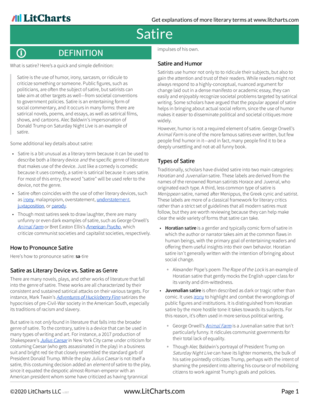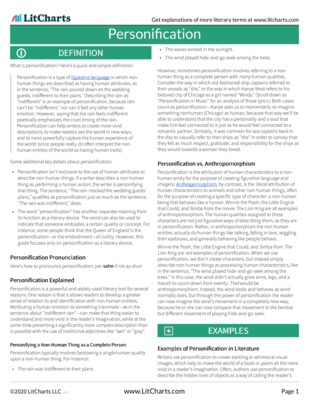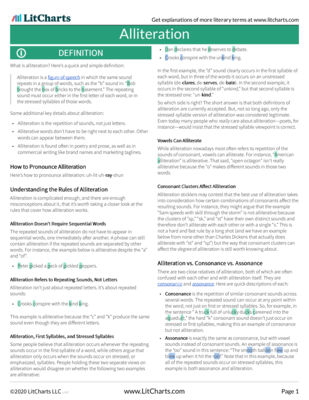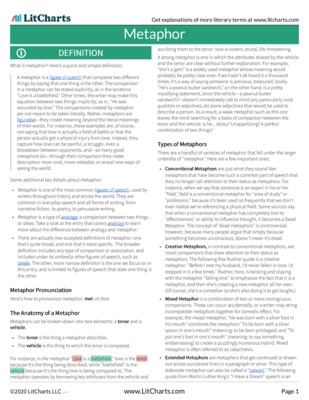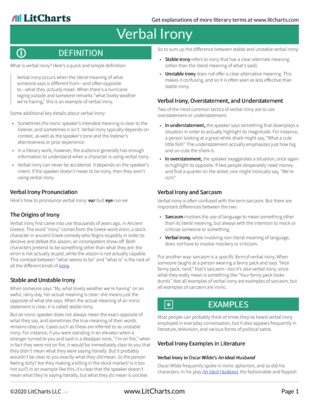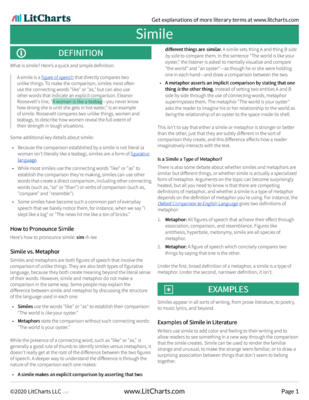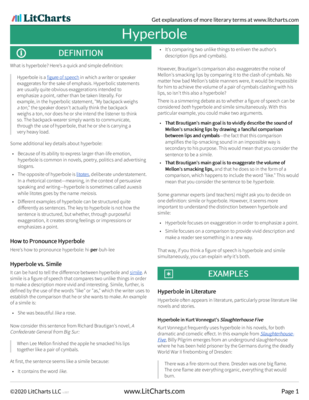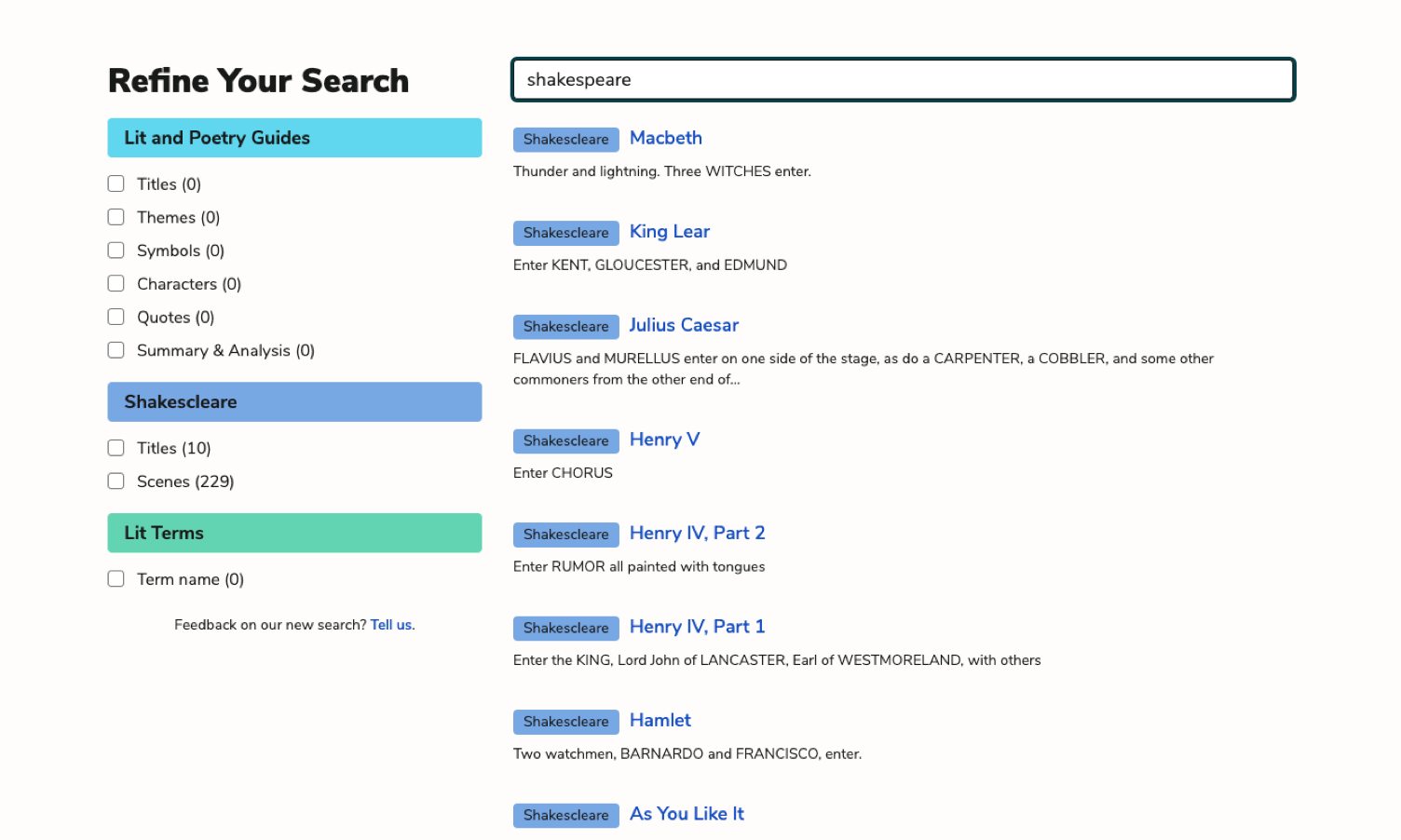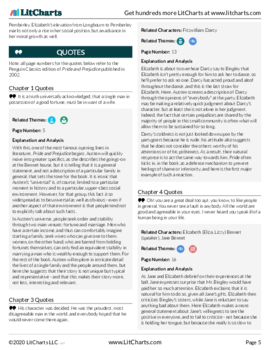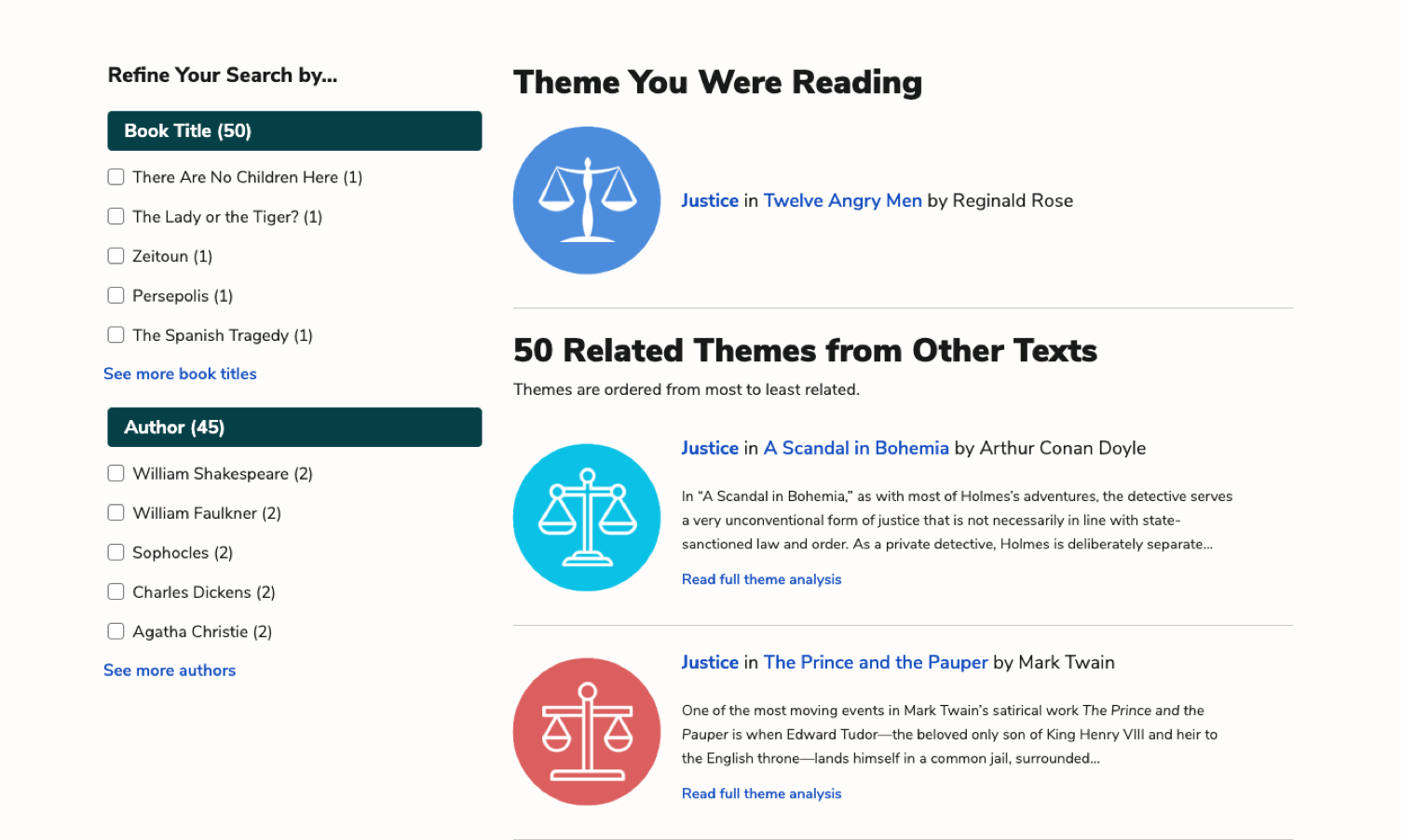- All's Well That Ends Well
- Antony and Cleopatra
- As You Like It
- The Comedy of Errors
- Coriolanus
- Cymbeline
- Hamlet
- Henry IV, Part 1
- Henry IV, Part 2
- Henry V
- Henry VI, Part 1
- Henry VI, Part 2
- Henry VI, Part 3
- Henry VIII
- Julius Caesar
- King John
- King Lear
- Love's Labor's Lost
- A Lover's Complaint
- Macbeth
- Measure for Measure
- The Merchant of Venice
- The Merry Wives of Windsor
- A Midsummer Night's Dream
- Much Ado About Nothing
- Othello
- Pericles
- The Rape of Lucrece
- Richard II
- Richard III
- Romeo and Juliet
- Shakespeare's Sonnets
- The Taming of the Shrew
- The Tempest
- Timon of Athens
- Titus Andronicus
- Troilus and Cressida
- Twelfth Night
- The Two Gentlemen of Verona
- Venus and Adonis
- The Winter's Tale
plus so much more...
-
Alliteration
Alliteration (as well as consonance and occasional assonance) adds music, emphasis, and intensity to the poem. For example, listen to the /f/ alliteration that flows through the opening line, evoking the energy of that "force" flowing through the flower's stem:
The force that through the green fuse drives the flower
The pounding /d/ alliteration in lines 2-4 ("drives," "destroyer," "dumb") adds to the poem's powerful momentum, as does the general consonance of these lines (for example, "blasts the roots of trees"). Also note the abundance of /r/ alliteration and consonance both in this stanza ("force," "through," "green," "drives," and so on) and throughout the poem ("rocks," "red," "whirls," stirs," etc.). These back-of-the-throat sounds make the language seem rougher, echoing the harsh reality of time's relentless passage. Throughout the poem, repeated sounds make the language more intense, evoking the speaker's overwhelming sense of both amazement and isolation.
The poem's sounds also draw thematic connections between words. Take the similarity of "drives" and "dries," which reflects the link between creation (the way time drives things forward) and destruction (the way time dries up all life).
Finally, alliteration often brings the poem's striking imagery to life. For example:
- The /w/ alliteration of "whirls the water" evokes the whoosh and splash of swirling water.
- The hissing sibilance of "at the mountain spring the same mouth sucks" suggests the sound of time slurping from that spring. The fluid /l/ alliteration ("lips," "leech," "Love") and consonance ("fallen blood," "Shall calm") in lines 16-18 work similarly, evoking the sounds time makes as it gulps from "the fountain head."
- The crisp /t/ alliteration of "time has ticked" brings to mind the ticking of a clock.

|
PDF downloads of all 3057 of our lit guides, poetry guides, Shakescleare translations, and literary terms.
PDF downloads of all 1913 LitCharts literature guides, and of every new one we publish.
Learn more
|
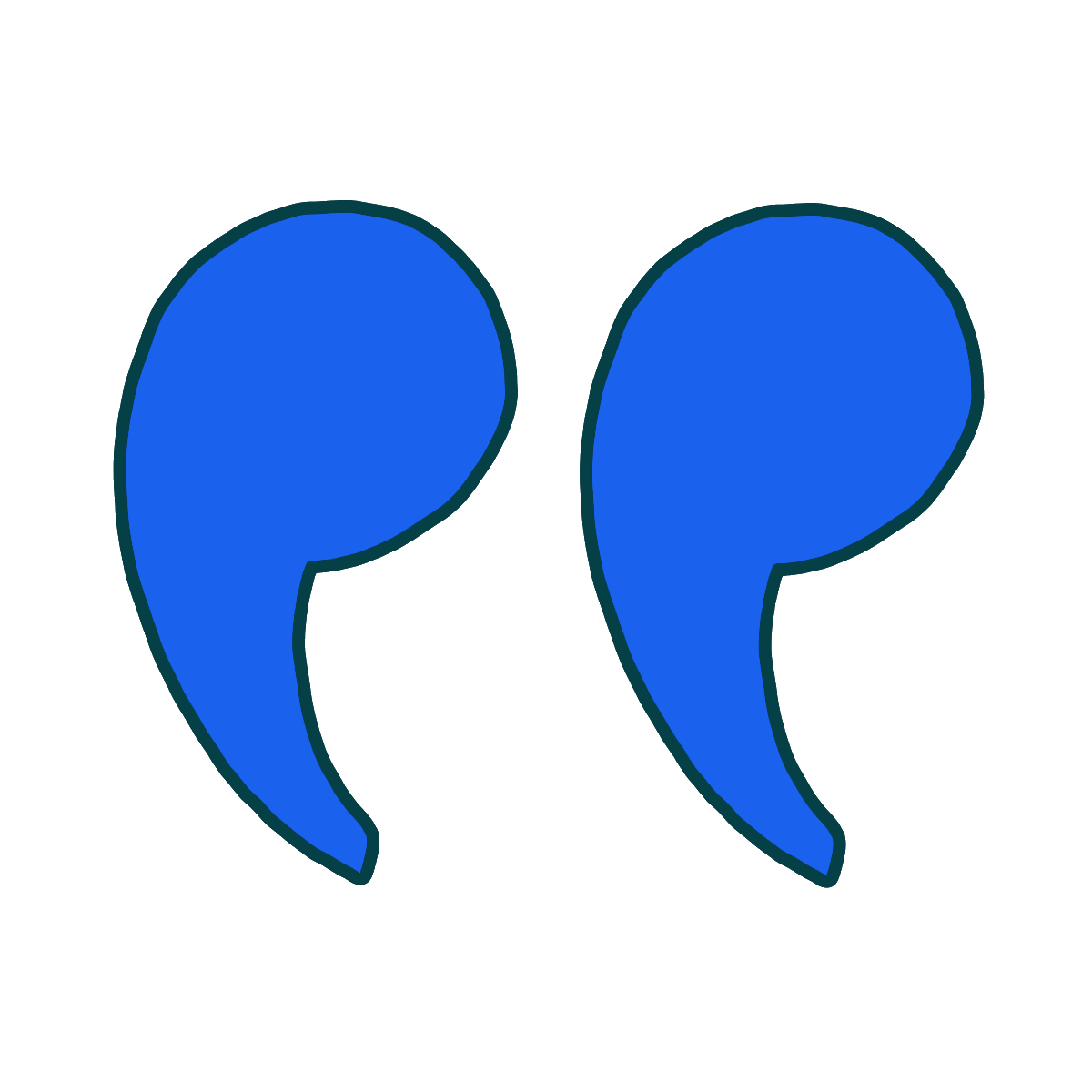
|
Explanations for every quote we cover.
Detailed quotes explanations (and citation info) for every important quote on the site.
Learn more
|

|
Instant PDF downloads of 136 literary devices and terms.
Definitions and examples for 136 literary devices and terms. Instant PDF downloads.
Learn more
|

|
Compare and contrast related themes.
Compare and contrast Related Themes across different books.
Learn more
|

|
Teacher Editions for all 1913 titles we cover.
LitCharts Teacher Editions for every title we cover.
Learn more
|

|
PDFs of modern translations of every Shakespeare play and poem.
PDFs of modern translations of every Shakespeare play and poem.
Learn more
|

|
Advanced search across our collection.
Advanced Search. Find themes, quotes, symbols, and characters across our collection.
Learn more
|

|
Line-by-line explanations, plus analysis of poetic devices for lyric poems we cover.
Line-by-line explanations, plus analysis of poetic devices for every lyric poem we cover.
Learn more
|


For every lyric poem we cover.
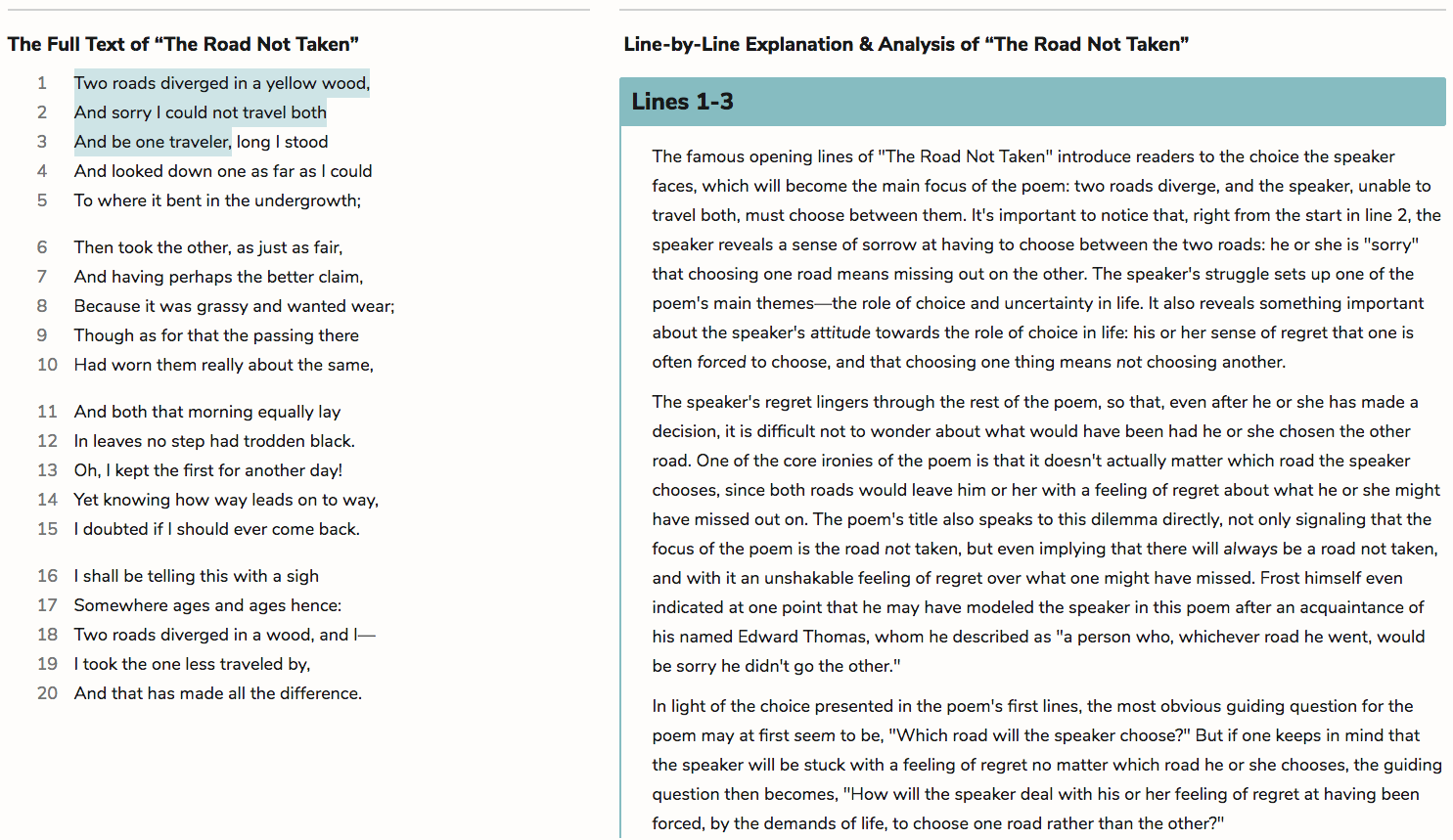


Literature Guide PDFs
LitCharts PDFs for every book you'll read this year.
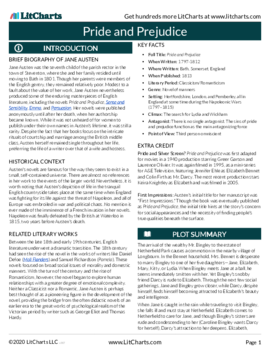


Quotes Explanations
For all 42,307 quotes we cover.
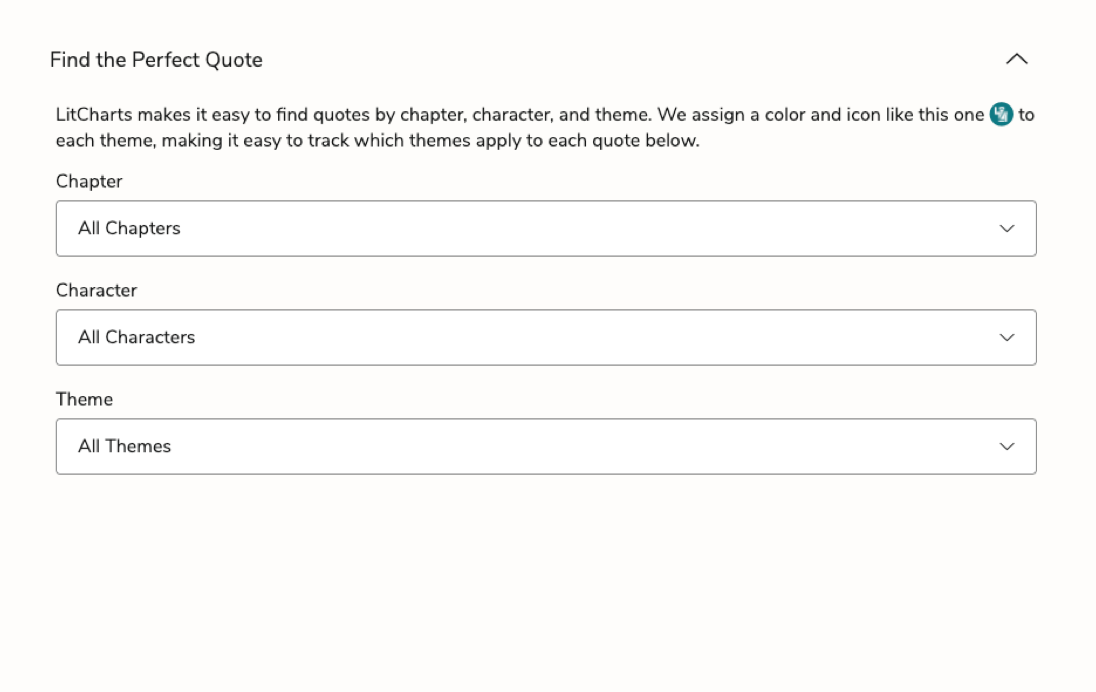
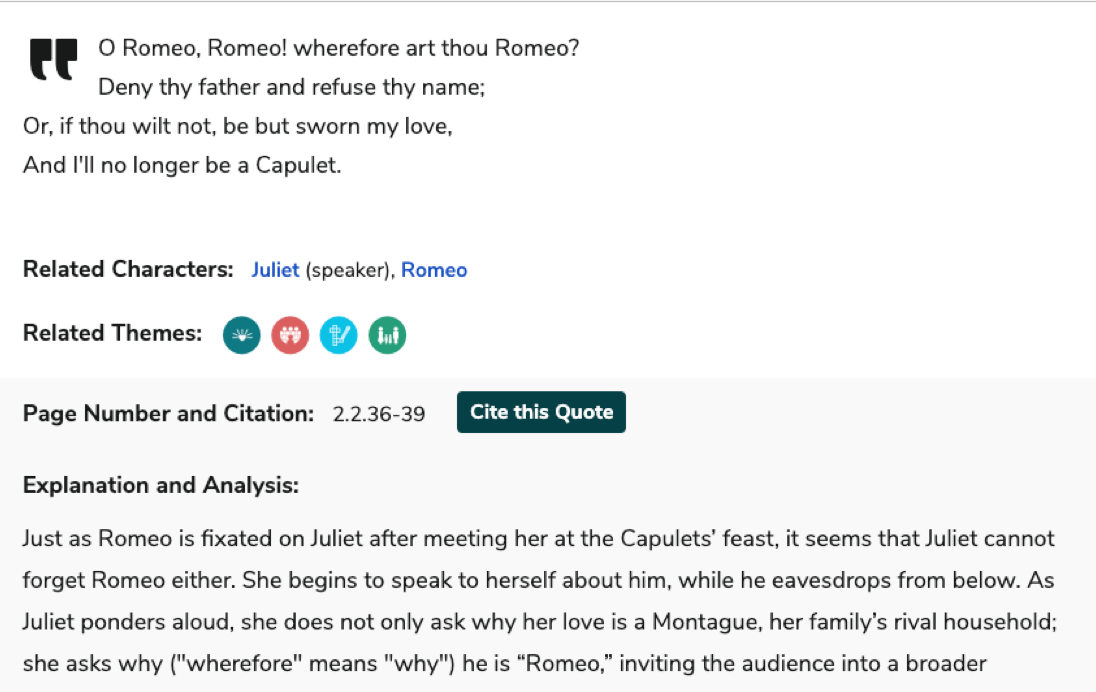
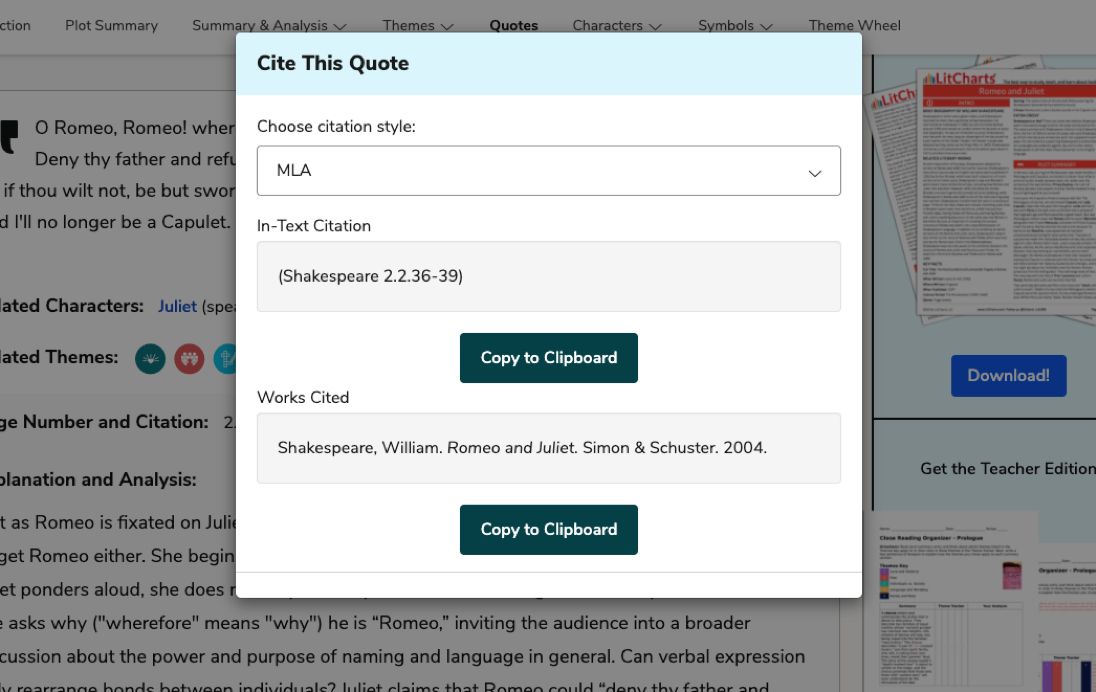


Teacher Editions
Time saved for teachers.
For every book we cover.
Common Core-aligned



PDFs of modern translations of every one of Shakespeare's 37 plays, 154 sonnets, and 3 longer poems.


Plus a quick-reference PDF with concise definitions of all 136 terms in one place.
